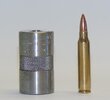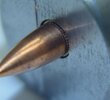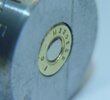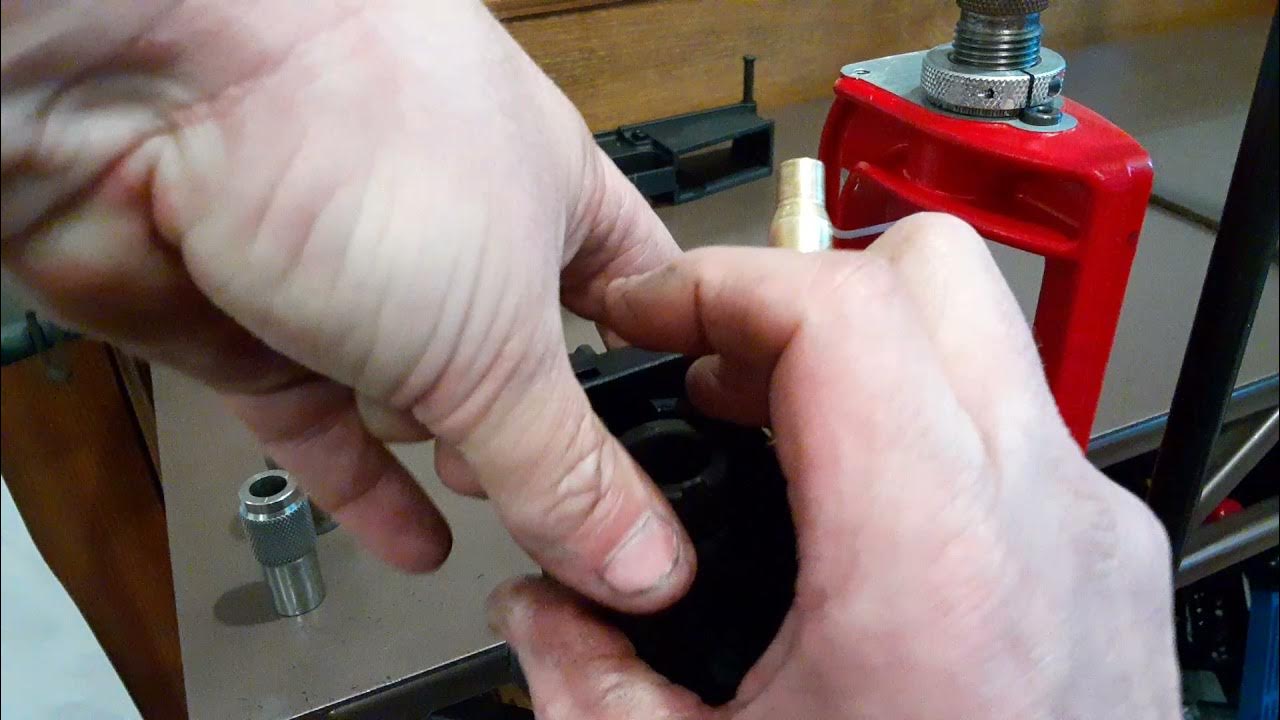mofosheee
Member
Hello the High Road
Rookie alert. Still confused about shoulder bump. I want to start shooting range brass (.223/5.56) out of my AR. God only knows where it came from. Since each piece measurres different and is not from my gun, I don't see how shoulder measurements relevant? In this circumstance, it is typical for reloaders to advance with FL resizing and on the condition that the cases pass a gage check good to load? Or am I off base here ?
Never encountered it...........is the condition of a shoulder bumped back too far indicated by a case sitting too deep in a case gauge rendering it trash?
On the other hand, if I collect once fired brass from my gun a consistent shoulder set back of say, 0.004" can be obtained provided my dies were set up properly? Do people measure shoulder length before and after firing rounds?
Thanks again!
Rookie alert. Still confused about shoulder bump. I want to start shooting range brass (.223/5.56) out of my AR. God only knows where it came from. Since each piece measurres different and is not from my gun, I don't see how shoulder measurements relevant? In this circumstance, it is typical for reloaders to advance with FL resizing and on the condition that the cases pass a gage check good to load? Or am I off base here ?
Never encountered it...........is the condition of a shoulder bumped back too far indicated by a case sitting too deep in a case gauge rendering it trash?
On the other hand, if I collect once fired brass from my gun a consistent shoulder set back of say, 0.004" can be obtained provided my dies were set up properly? Do people measure shoulder length before and after firing rounds?
Thanks again!





